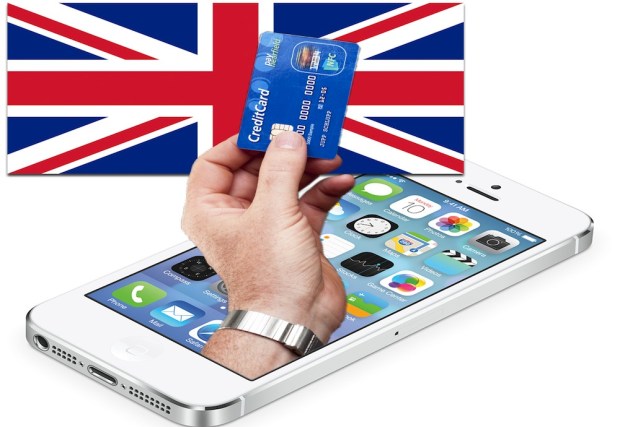Apple Pay Struggles Abroad

Though Apple Pay‘s success in the United States is somewhat up for debate, Reuters noted that the service “took the United States by storm,” whereas our data with InfoScout would indicate that that phrasing would be putting far too fine a point on it. A more accurate description might be that Apple Pay has garnered some mild interest in its 18 months on the market in the U.S.
Which, apparently, is still better than the touring production it’s doing outside U.S. borders — if recent reports by Reuters are correct.
Apparently, a mixture of technical difficulties, tepid consumer interest and bank resistance has forced something of a stumble out of the gate for the team over at Apple.
Presently, Apple Pay is online in some form or another in six countries and among a limited range of banks, though, in recent weeks, Apple has added four banks to its sole Singapore partner, American Express; Australia and New Zealand Banking Group in Australia; and Canada’s five big banks.
According to figures, Apple Pay usage netted out at around $10.9 billion last year, most of which was spent in the U.S. Over on the other side of the Pacific, Alibaba and Tencent are collectively pulling down $1 trillion in mobile transactions per year, meaning Apple’s total take is basically a minute or two in the transaction year of those services.
And while anecdotal information out of the U.K., China and Australia indicates that core Apple fans like the service, it isn’t showing much in the way of mass appeal.
Of course, tech mess-ups don’t much help.
“Bendigo Bank is experiencing some unforeseen technical issues in accepting Apple Pay payments at selected merchant terminals,” a spokeswoman for the bank told Reuters, adding that a lack of wider industry engagement in launching the service limited the lead time in testing the new technology.
Apple Vice President Jennifer Bailey said such experiences were premature and not representative. “Like any set of major technology changes, it takes time,” she said. “We want to move as quickly as possible; we push it as quickly as possible.”
Apple’s other big challenge is its tollbooth. Apple takes a cut of up to $0.15 in the United States on every $100 spent. And those U.S.-based banks with relatively large swipe fees to draw on did not feel overly effected by the tiny toll collection. Worldwide interchange fees are much smaller, and banks are far less interested in serving up what remains of that margin to Apple. Banks in other countries have reportedly negotiated lower transaction fees, contributing to its slow global rollout.
Plus, Apple is far from the only player in any of these countries pushing a mobile payments solution.
“Payments in general is such a complicated system, with so many incumbent providers, that revolutionary change like this was not going to happen very quickly,” said Joshua Gilbert, an analyst at First Annapolis Consulting.
“You have over 86 million contactless cards in circulation; you have to persuade Britons to register their cards to the [Apple Pay] service, when they can already use them to make a contactless payment,” noted Windsor Holden, a Juniper Research analyst.
